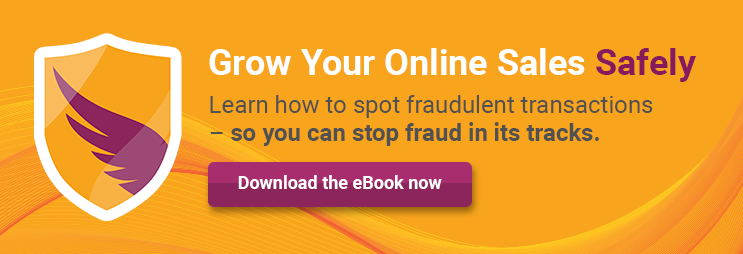Upselling and cross-selling tactics that can help you increase your revenue
These practices have long been used in off-line sales. Would you like an example? How many times, when ordering at a fast food joint, have you heard "Would you like to add fries for another $0.50?" or "For an extra $ 0.75 you can add a large fries and beverage."
And they work. A survey by Forrester, a company specialized in surveys and analyses, found out that upselling and cross-selling account for 10 to 30% of the revenue of e-tailers adopting these strategies.
Here you will find the definition of upselling and cross-selling, how they work, and the best way to implement these techniques in your virtual store.
What are Upselling and Cross-selling?
People often think these are the same, but they are not. Here are the differences.
Upselling - once a customer has selected an item, for instance a camera with a 30x optical zoom, he or she is shown options with a larger optical zoom for a small increase in price.
In this case, the retailer is attempting to increase the average ticket by offering a product in the same category, but with an upgrade that offers better specs and may be a better fit with what the customer is looking for.
This tactic of encouraging consumers to spend a bit more than originally intended is known as upselling.
Cross-selling - using the same camera example, let’s say the customer chose to upgrade to the camera with the better optical zoom and continued with the purchase. When the customer clicks next, he or she gets the message "take advantage and buy a tripod with your new camera, and take even better pictures of your family and friends".
A tripod is a camera accessory and numerous consumers may consider purchasing one. The strategy of recommending products that complement what the customer is buying is known as cross-selling.
Upselling or cross-selling, which one brings in the best results?
Now that you know how each of these sales strategies work, you probably want to know which one would contribute more to increasing the revenue of your virtual store, and we have the answer.
According to a study by PredictiveIntent, a digital behavior analysis and survey company, upselling generates about 4% of sales, while cross selling increases sales by less than 0.50%. However, an interesting piece of information uncovered by the same survey is that cross-selling used when the customer is checking out, rather than when he or she is selecting items, can achieve conversion rates of 3%.
Although upselling remains the more efficient strategy in both cases, always test both, as data varies by segment and the proposition of your business. If you can implement both, even better.
How to use upselling and cross-selling
Although the goal of both is to increase sales, to use them efficiently you must focus on the customer experience.
In other words, you are trying to make life easier by offering products that may better suit what the customer wants at a reasonable price difference, and even offer additional items that will help him or her make optimum use of their new item.
Bear in mind:
Value - try to suggest items that will not increase the customer's intended purchase by more than 25%. This will make it more likely that your offer will be accepted. If the customer chose something that cost $ 200.00, do not offer anything over $ 250.00. This is true for both cross-selling and upselling.
Number of options - studies have demonstrated than when given too many options, consumers find it hard to choose and may end up not buying anything. So when you suggest things, try to keep the number of options down to two or three.
Approach - once you start using upselling and cross-selling, avoid approaching the customer too often. Insisting at every page will annoy the consumer and make him irritated with your brand. Be strategic, but don't force things.
Finally, to start using these tactics in your virtual store, check with the platform you are using for apps or plugins that will make the process automatic. Good luck!
 ClearSale
ClearSale
